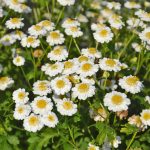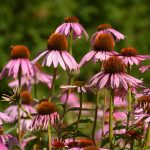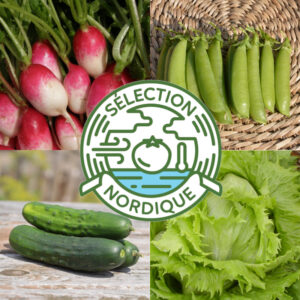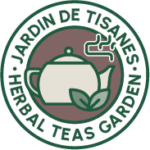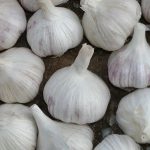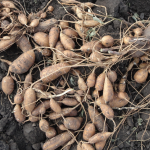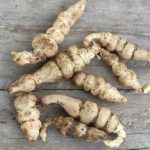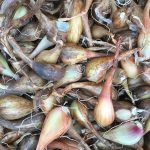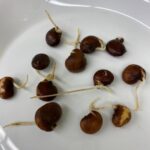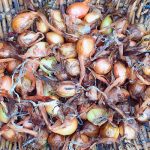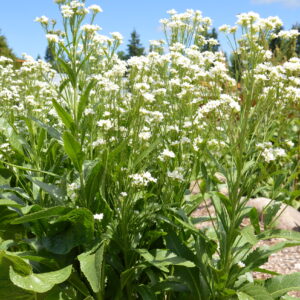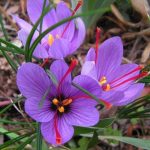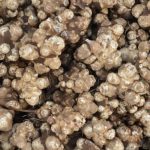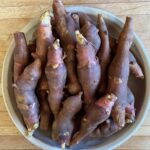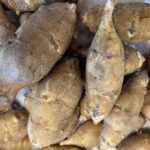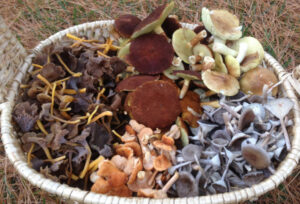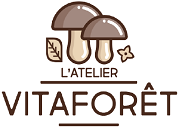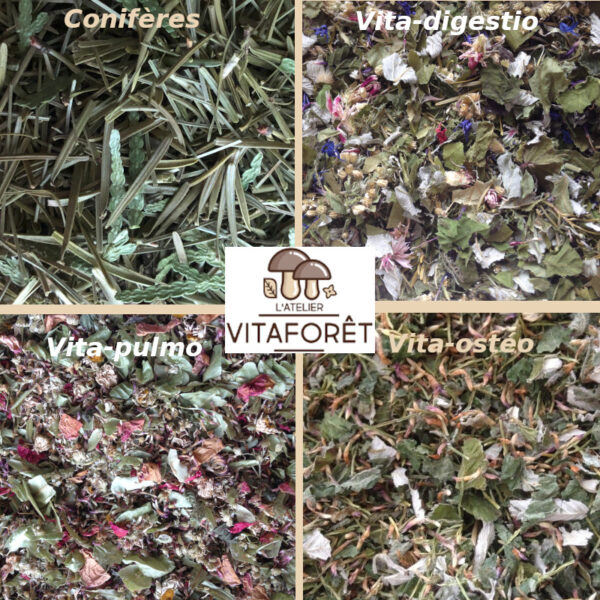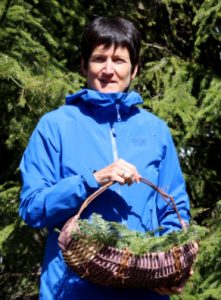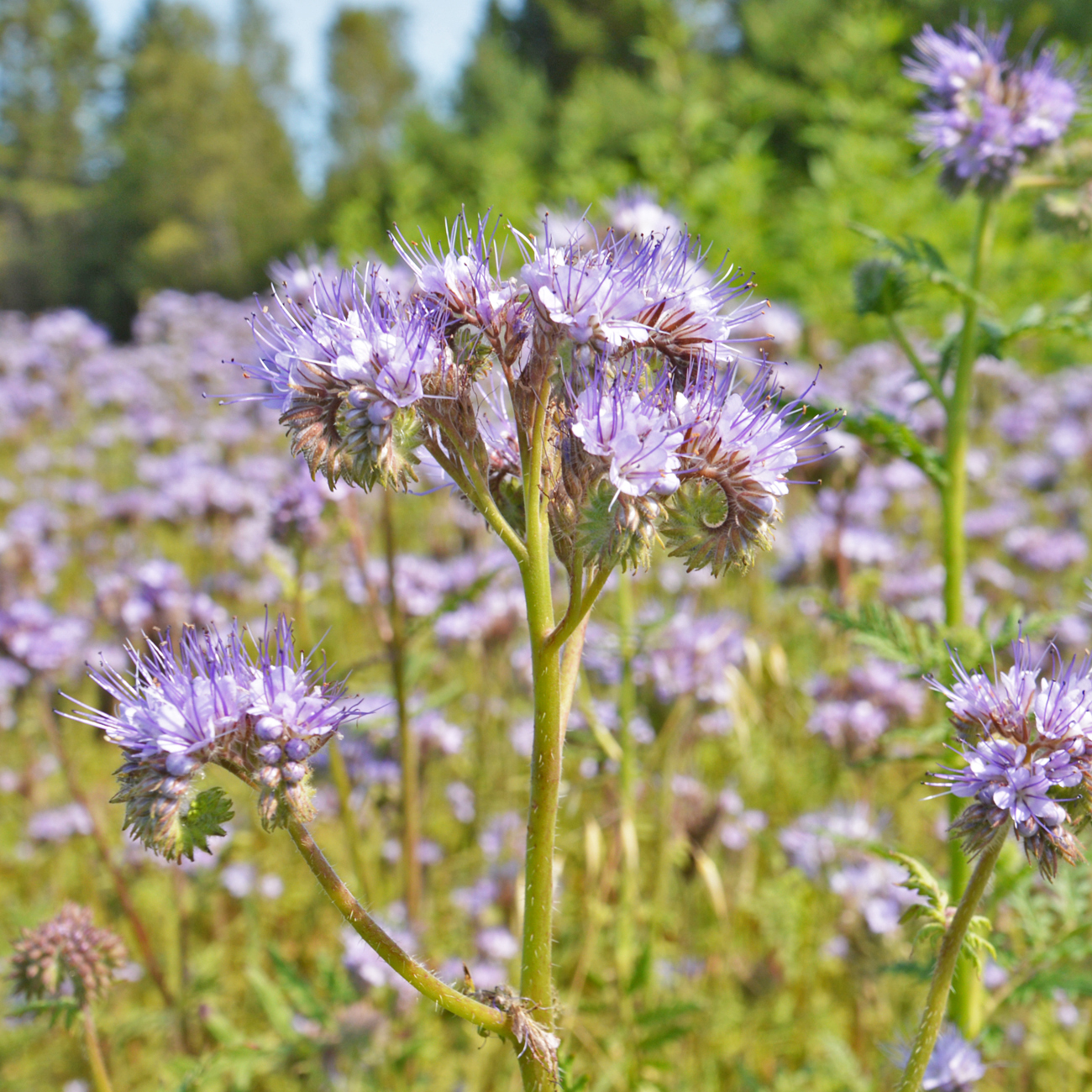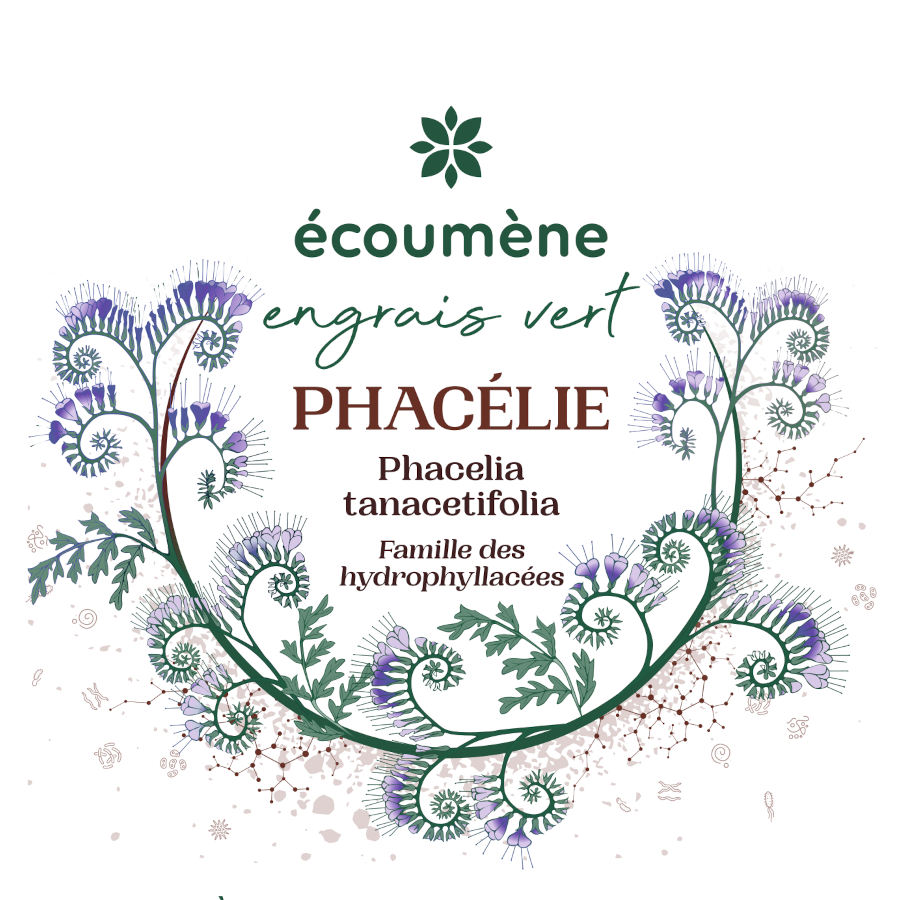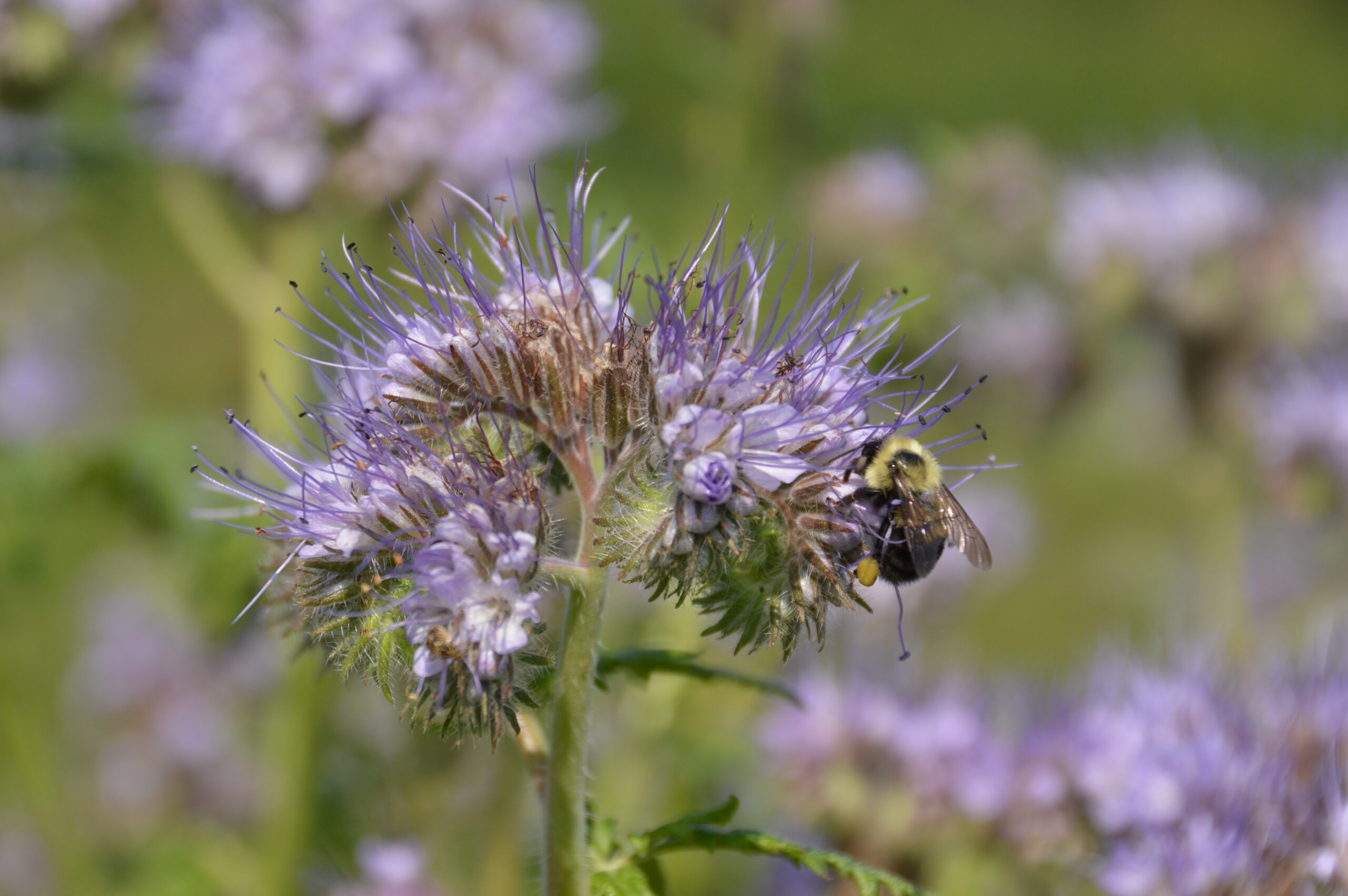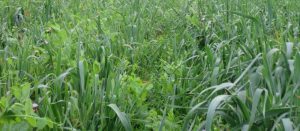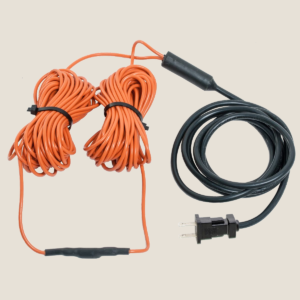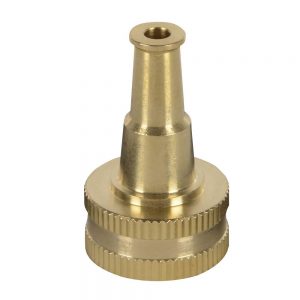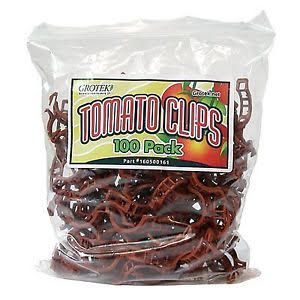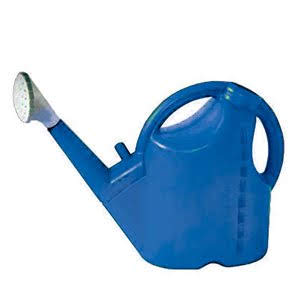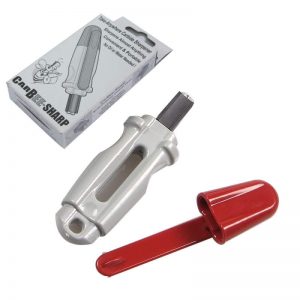Home / Products / Horticultural products / Living soil / Green manures / Phacelia
Phacelia
7.00$ - 62.00$
Tansy-leaved phacelia is a very versatile herbaceous annual plant used as an ornamental and honey plant, but also as green manure, intercropping or fodder plant! Very adaptable, it grows in semi-arid to humid climates, by the sea as well as inland and in the mountains. It prefers light and rather dry soils, but adapts to different types of soil.
Available at the ecoumene only
Tansy-leaved phacelia is a very versatile herbaceous annual plant used as an ornamental and honey plant, but also as green manure, intercropping or fodder plant! Very adaptable, it grows in semi-arid to humid climates, by the sea as well as inland and in the mountains. It prefers light and rather dry soils, but adapts to different types of soil.
Description
- Its important root system helps to improve the structure of the soil, particularly in the case of swinging soils (unstable soils that are more loamy and compacted clay soils whose surface cracks as it dries).
- Sowing at the start of the season gives up to 4,5 t\ha of vegetative biomass, while late sowing only gives around 1,25 t/ha.
- It is sown from the end of April to the beginning of June, depending on the region, because the soil temperature must be maintained between 13 and 18°C for good germination.
- Phacelia is sown at a rate of 10-15 kg/ha at 0,5 cm depth. We prepare a good seedbed which we cover with soil. You can broadcast small plots, then cover them with a layer of soil, but for larger plots, it is better to use a vegetable seeder.
- Especially in dry weather, rolling a roller over the plot after sowing is strongly recommended.
- Phacelia is also sown in association with buckwheat at a rate of 8 kg/ha of phacelia for 40 kg/ha of buckwheat.
- Due to its ability to attract beneficial insects and improve soil health, phacelia can help reduce the incidence of certain diseases and pests.


